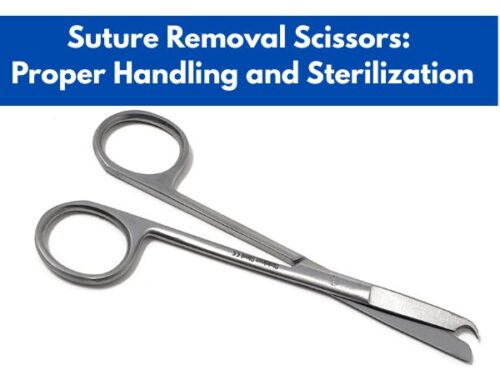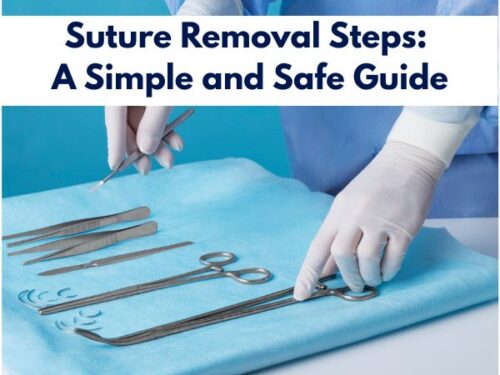Step-by-Step Guide: How to Use a Gait Belt Safely
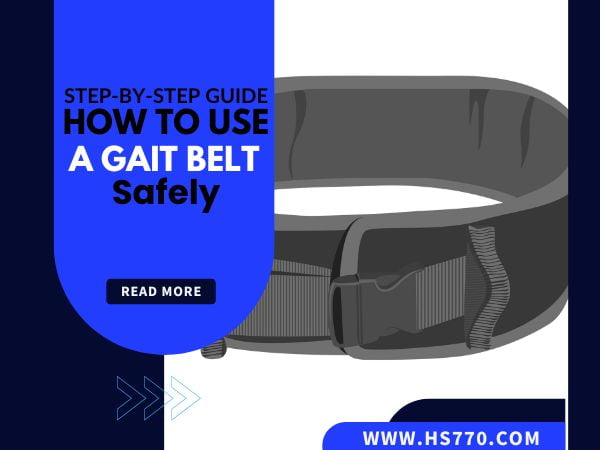
A gait belt is a product that reduces the elderly patient’s risk of falling during low to moderate mobility levels. It is tied around the patient’s waist in a way that the person does not feel uncomfortable. Once in place, the belt shares the patient’s body weight and helps them stand up or walk around. These gait belts are extensively used in nursing homes, hospitals, as well as in-home settings. However, some people might wonder how to use a gait belt properly to avoid any complications.
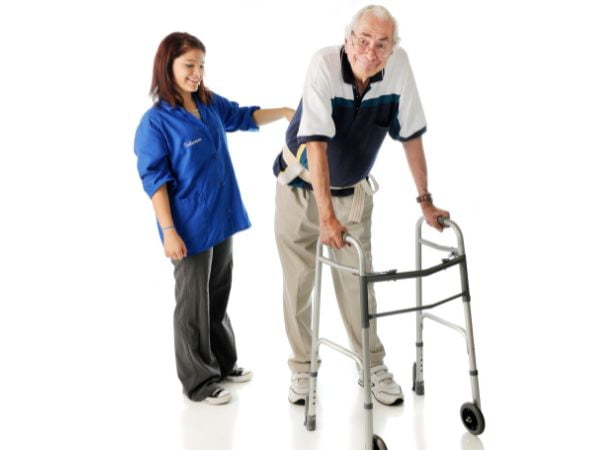
In the following article, let us learn how to use a gait belt, what are the warnings associated with its use, and when to discontinue using them.
How to Use a Gait Belt?-A Step-by-Step Guide
The following section highlights the steps on how to use a gait belt:
Choose the Right Size
Prior to learning how to use a gait belt, one must become familiar with the sizes and dimensions of the product. Gait belts are usually available in three different sizes. All of these vary in their length while the width of the product remains the same. The types of these gait belts along with their dimensions have been enlisted in the given table:
| Dimensions of Gait Belts | |||||
| Length | Width | Suitability for Waist Size | |||
| Inches | Centimeters | Inches | Centimeters | Inches | Centimeters |
| 54 | 137 | 2 | 5 | 28 to 49 | 71 to 124 |
| 56 | 142 | 2 | 5 | 28 to 49 | 71 to 124 |
| 60 | 152 | 2 | 5 | 28 to 49 | 71 to 124 |
| 70 | 178 | 2 | 5 | 45 to 69 | 114 to 175 |
| 74 | 188 | 2 | 5 | 45 to 69 | 114 to 175 |
For pediatric patients, gait belts that are 2 inches wide and have a length of 32, 36, 40, or 44 inches are suitable based on the child’s age and body weight.
As for the suitability of the gait belts, it varies based on the patient’s body weight and size. The caregiver must choose the product which is comfortable for the patient.
Select the Right Material
Before learning how to use a gait belt, it is important to learn about its construction materials as well. Gait belts are available in soft cotton material as well as in vinyl material. Although both of these are good and strong, both bear certain advantages and disadvantages.
The cotton-based gait belts are smoother and do not cause irritation to the skin. However, these are more prone to getting dirty and harbor disease-causing microbes like methicillin-resistant Staphylococcus aureus (MRSA) and vancomycin-resistant enterococci (VRE).
Therefore, cotton gait belts require frequent washing which can be done either by hand or in a washing machine. As for the vinyl ones, the cleaning is much easier but some patients might be allergic to the construction material. While learning how to use a gait belt, it is also essential to become familiar with the maintenance techniques needed for the product.
Inspect the Gait Belt
Take the gait belt out of its packaging. The first thing you need to do is the inspection of the product. If there are signs of damage or wear and tear either of the fabric or the metal buckle, this gat belt is not suitable for your patient. In this case, immediately replace this gait belt with a piece that is not damaged in any way.
Prepare the Patient
Ask the patient to sit comfortably. Being the caregiver, put the patient’s arms on your shoulders. Make sure the patient is comfortable and does not experience any respiratory or digestive issues at the time. Moreover, the clothes worn by the patient must be non-irritant.
Put on the Gait Belt on the Patient’s Waist
The next and probably the most crucial step in the step-by-step guide on how to use a gait belt is to learn how to put it on. For this purpose, wrap the gait belt around the patient’s waist in a way that the metal buckle of the belt is facing you. Make sure that the belt is correctly placed on the lower part of the stomach and is not above or below this point.
Secure the Product
Insert the other end of the gait belt into the metal buckle and secure it in its place. These metal buckles are non-slip and have alligator teeth. That’s why they tightly grip the fabric of the gait belt and do not let it slip in any way unless the belt is removed by the caregiver. After securing the gait belt, make sure there is enough room for the patient to breathe comfortably.
Tuck the Dangling End
In some cases, a significant length of the gait belt is left unused as the patient is not obese. This extra length keeps handing down and causes unease for the patient. It is advised to tuck this end under the belt.
Ensure Patient’s Comfort
Once the belt is in its place, insert two fingers behind the belt to make sure that the belt is not too tight on the patient. If the patient feels uncomfortable for some reason, open the metal buckle and remove the belt immediately.

Good to Know
While using a gait belt on a patient, it is important to know the following:
· If you know how to use a gait belt, you must be familiar with the fact that it should never be put on bare skin. There should always be comfortable clothing between the patient’s skin and the gait belt. Make sure that the texture of the fabric is not abrasive and does not cause irritation to the skin.
· Before moving the patient, make sure that the metal buckle is fixed in its place so that it does not move as soon as the patient is lifted.
· During standing up and walking, the presence of a caregiver must be ensured at all times. When the caregiver is not present, the patient should never attempt to stand up or change position unsupervised.
· While transferring the patient, always prefer the stronger side.
Warning
While learning how to use a gait belt, it is also important to go through the warnings associated with the product. Do not use the gait belt on a patient who is suffering from any of the following conditions:
· Hernia
· G-tubes
· Ostomy
· Chronic obstructive pulmonary disease (COPD)
· Surgical incisions
· Attached cords or tubes on the abdomen
Discontinuation of Use
If you know how to use a gait belt, you should also learn when to discontinue its employment. As the gait belts are worn on the abdomen, the patients might feel uncomfortable due to the pressure applied to the muscles. Therefore, it is best to discontinue the use of gait belts if the patient experiences any of the following:
· Gastrointestinal disorders
· High blood pressure
· Muscle soreness
· Increased resting heart rate
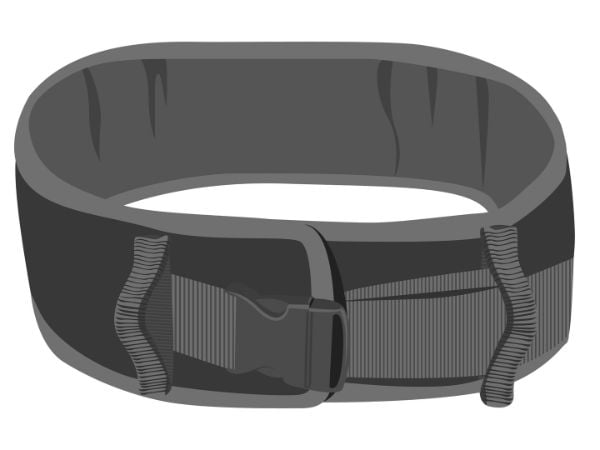
Takeaway
With age, most people become weak, lose body strength, and thus cannot support their own body weight. The presence of leg and bone diseases or other mobility issues often limits the patient’s mobility and makes it difficult for them to do day-to-day moving. Such patients often require a wheelchair, crutches, or other kind of mobility aid. Among these products, gait belts are also notable.
These are simple in construction and easy to maintain. Moreover, learning how to use a gait belt is also easy as one just has to follow the right instructions. Once employed, a gait belt provides assistance in lifting the patients from the bed and letting them stand on their feet. A gait belt transfers the patient from a seated position to a standing one or vice versa.
Considering their effective use, one must keep a stock of these belts in a medical facility or in-home settings in addition to learning how to use a gait belt. Therefore, for purchasing different types of gait belts, reliable vendors like Health Supply 770 should be approached. They ensure the provision of quality products along with satisfactory services.















